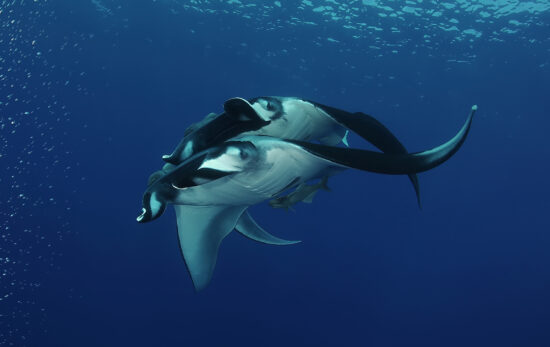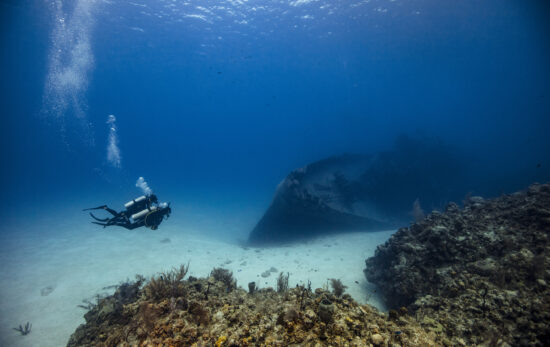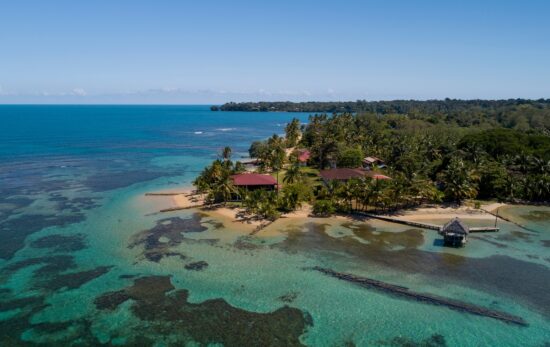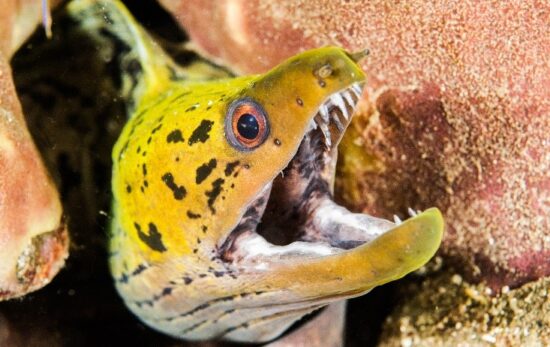As the largest fish in the sea, it’s easy to understand why whale shark diving is so popular. These majestic and graceful creatures certainly boast an impressive list of shark facts and an ability to hypnotize all who meet them underwater.
Like most super-sized marine life, the whale shark faces unprecedented environmental pressures. The IUCN lists the whale shark as an endangered species. So, by scuba diving or snorkeling with these amazing creatures, you can raise awareness for whale sharks. Just be sure to travel with a reputable and eco-friendly operator during your excursion.
If you’re ready to dive in with the largest shark in the world, be sure to consider these top 13 sites for the best whale shark diving and snorkeling.
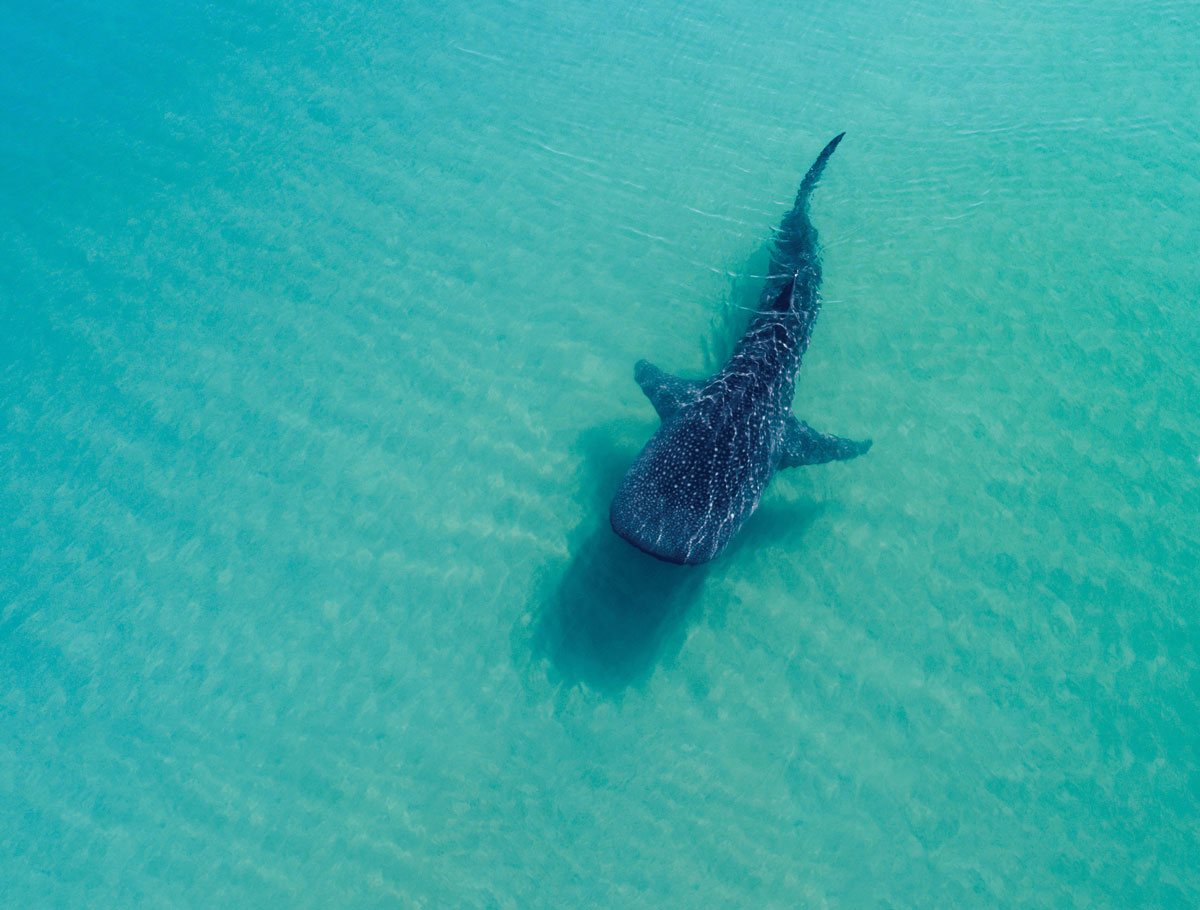
Table of Contents:
- Kwatisore Bay – Cenderawasih Bay, Indonesia
- Pillars of Evolution – Galapagos Islands, Ecuador
- Simon’s Town – Tofo Beach, Mozambique
- Sun Island – South Ari Atoll, Maldives
- Mandu Wall – Ningaloo Reef, Australia
- Kilindini Harbour – Mafia Island, Tanzania
- Donsol Bay – South Luzon, Philippines
- Gladden Spit – Placencia, Belize
- Afuera – Isla Holbox, Mexico
- Utila Open Water – Utila, Honduras
- Bay of La Paz – Baja California Sur, Mexico
- Gulf of Tadjoura – Djibouti
- Richelieu Rock – Andaman Sea, Thailand
- Ready to start your whale shark adventure?
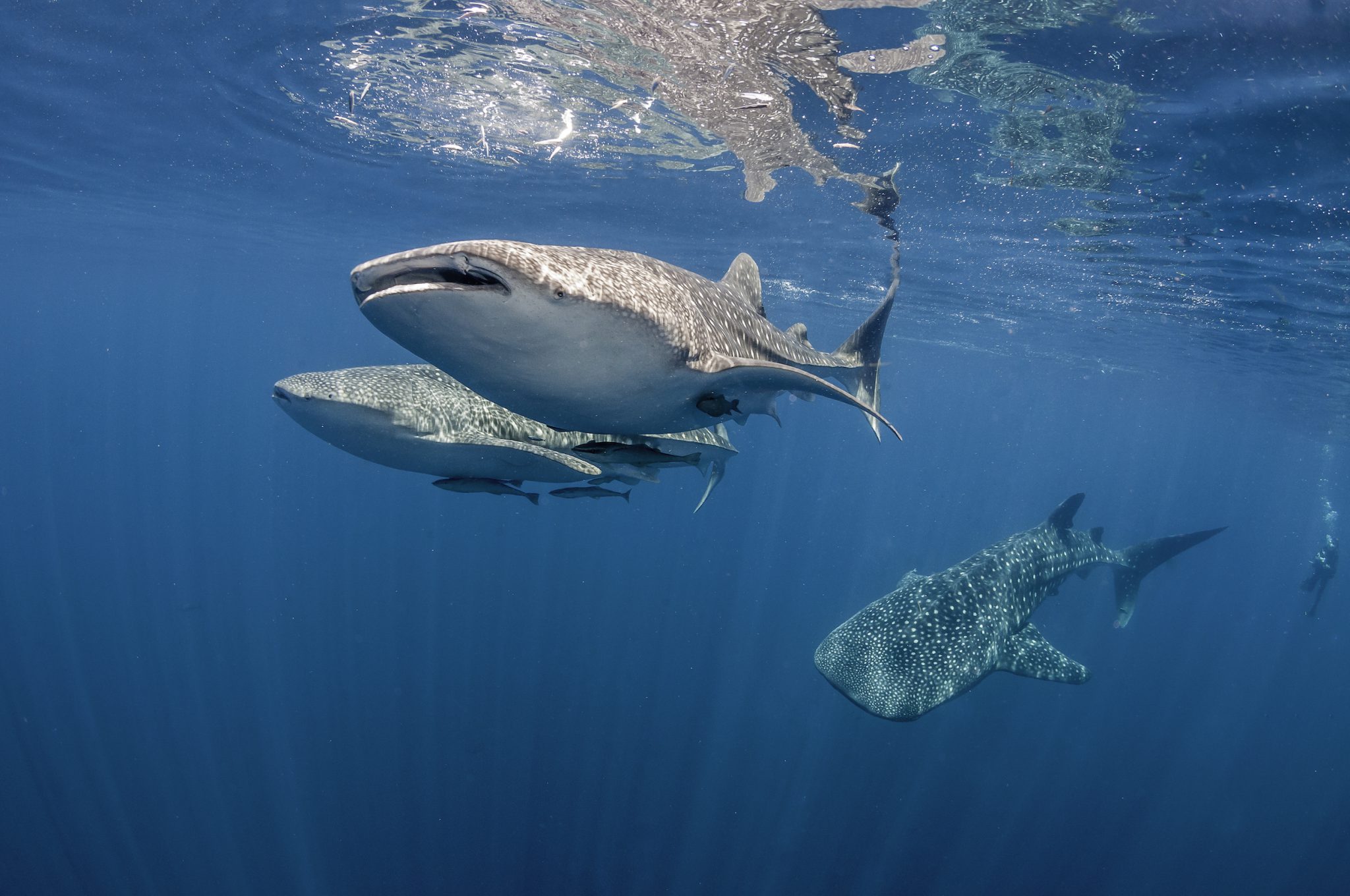
1. Kwatisore Bay – Cenderawasih Bay, Indonesia
Cenderawasih Bay has recently become famous for its whale sharks. In fact, the density of whale sharks in the area is outstanding. The majority of encounters occur in Kwatisore Bay, near the town of Nabire. The absolute best time to dive in this area is in the early morning hours. The whale sharks found in this part of Indonesia are always present, but you’ll find the majority of liveaboards travel to the area from June to October when the weather in Raja Ampat is unfavorable.
- Dive Type: Protected Bay
- When to Go: June to October
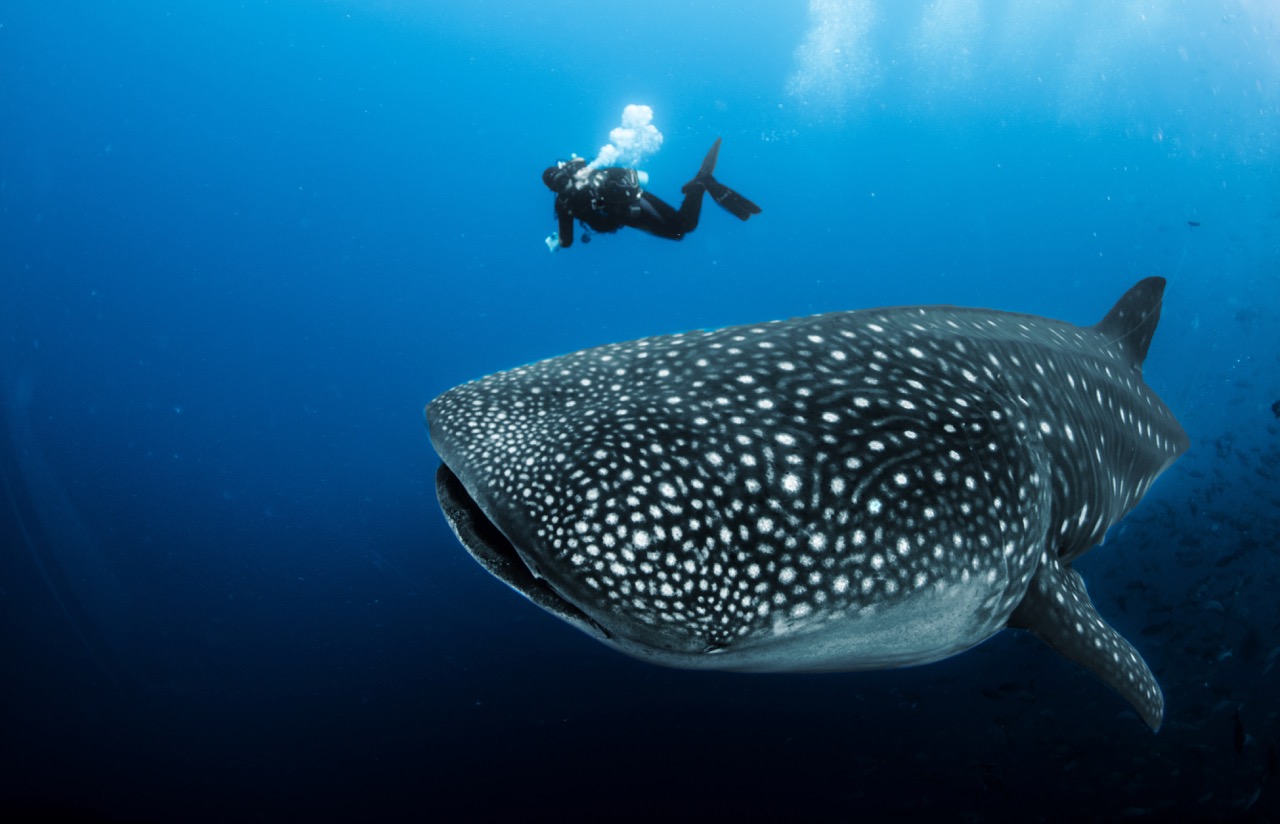
2. Pillars of Evolution – Galapagos Islands, Ecuador
The Galapagos Islands are a volcanic archipelago in the Pacific Ocean, not far from Ecuador. Reachable only by liveaboard, Darwin Island is home to one famous dive site: the Pillars of Evolution. This site was previously called Darwin’s Arch until its collapse in May 2021. Megafauna lovers delight in this dive, but whale shark lovers will be especially happy with the frequent sightings.
These islands boast the presence of numerous endemic species, such as penguins, Galapagos tortoises, and marine iguanas, which you can see while scuba diving in the area. Because of the sheer biodiversity of the area, whale sharks are among the wealth of species you might encounter while scuba diving. As an added bonus, whale shark season in the Galapagos also offers encounters with humpback whales, pilot whales, reef sharks, and the resident hammerheads.
- Dive Type: Wall / Drift
- When to Go: June to December
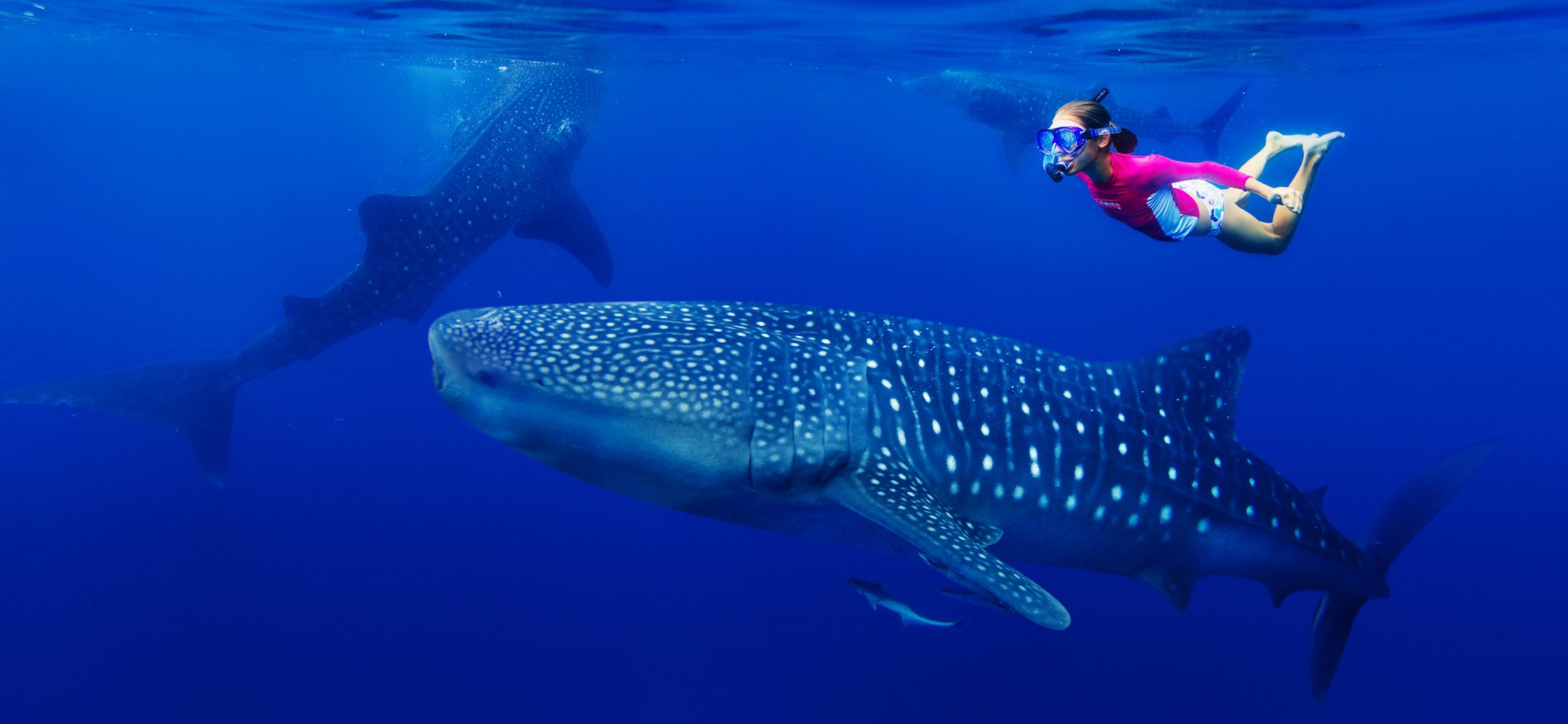
3. Whale Shark Diving in Simon’s Town – Tofo Beach, Mozambique
Whale sharks will often go where the food is, and just off the coast of Tofo Beach, the food is plentiful. Because year-round plankton is available, this off-the-beaten-path location is home to one of Africa’s largest concentration of whale sharks. There are at least three dive sites within Whale Shark Alley, namely Chamber of Secrets, Simon’s Town, and Marble Arch. Any of the three offer a good chance to see a whale shark, but the safety stop area of Simon’s Town always holds the best probability of a sighting.
Visitors can spot manta rays, dolphins, sea turtles, and, during their winter migration, humpback whales nearby. You can see all of this and whale sharks, too. If you’re ready to venture off the beaten path, be sure to plan your whale shark adventure for Tofo Beach in Mozambique.
- Dive Type: Reef
- When to Go: November to February
4. Sun Island – South Ari Atoll, the Maldives
Whale shark sightings are possible all year in the Maldives, but for the best conditions both above and below the water, you’ll want to travel between December and May and during the week building up to the full moon. At Sun Island, the southern shore boasts a shallow plateau where whale sharks can be easily spotted. Both snorkelers and scuba divers of all levels can get in on the action.
Along the southern edge of the South Ari Atoll, “small” whale sharks (from 3-8m/10-26ft) come to feed and grow, staying about two months on average. It is believed that the region provides a safe ground with a consistent food source for these younger sharks. These warm tropical waters allow them to find lots of food and an environment without predators. In the decade up to January 2022, the team of researchers on the Maldives Whale Shark Research Programme discovered and identified 571 whale sharks and recorded at least 8,000 different encounters.
- Dive Type: Shallow Reef
- When to Go: December to May
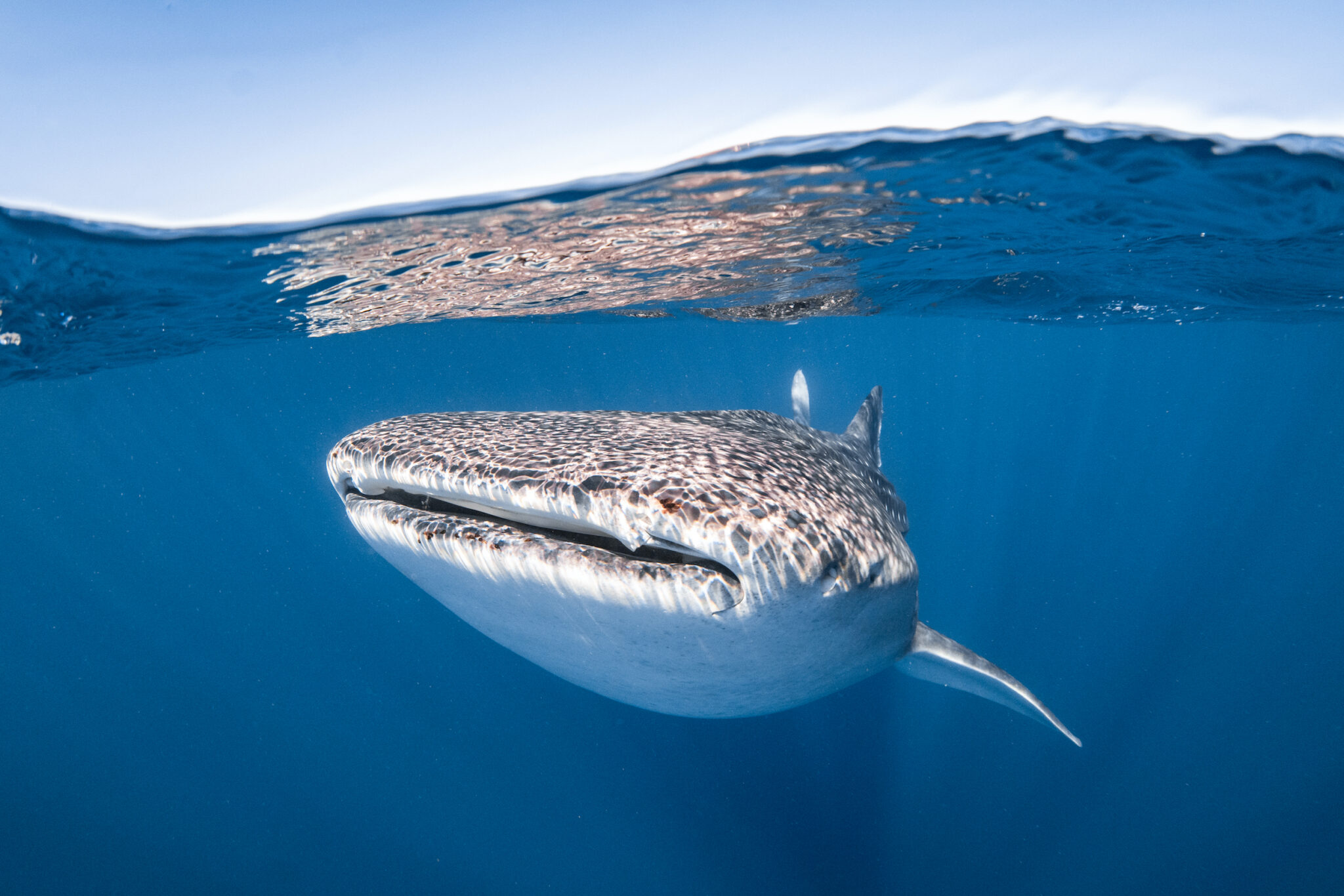
5. Mandu Wall – Ningaloo Reef, Australia
Ningaloo Reef extends for 160 miles (260km) along the west coast of Australia. As a UNESCO World Heritage Site, Ningaloo reef is home to many hundreds of fish species, including the largest – the whale shark. This stunning reef is home to a plethora of fish (500 species), corals (300 species), mollusks (600 species), and many other marine invertebrates.
This easily accessible region is one of the world’s most popular places to encounter these huge creatures. And, so many of the local operators even give a guarantee to see them! Most tours are accompanied by a spotter plane to make finding the whale sharks a breeze. While scuba diving with the sharks is possible, most of the tours are snorkel-only.
During the winter, you may encounter migratory animals such as dolphins, manta rays, and humpback whales. Along the beaches, different species of sea turtles lay their eggs. In addition to this wonderful variety of marine life, scuba divers often encounter whale sharks in the region.
- Dive Type: Reef to Open Ocean
- When to Go: March to June
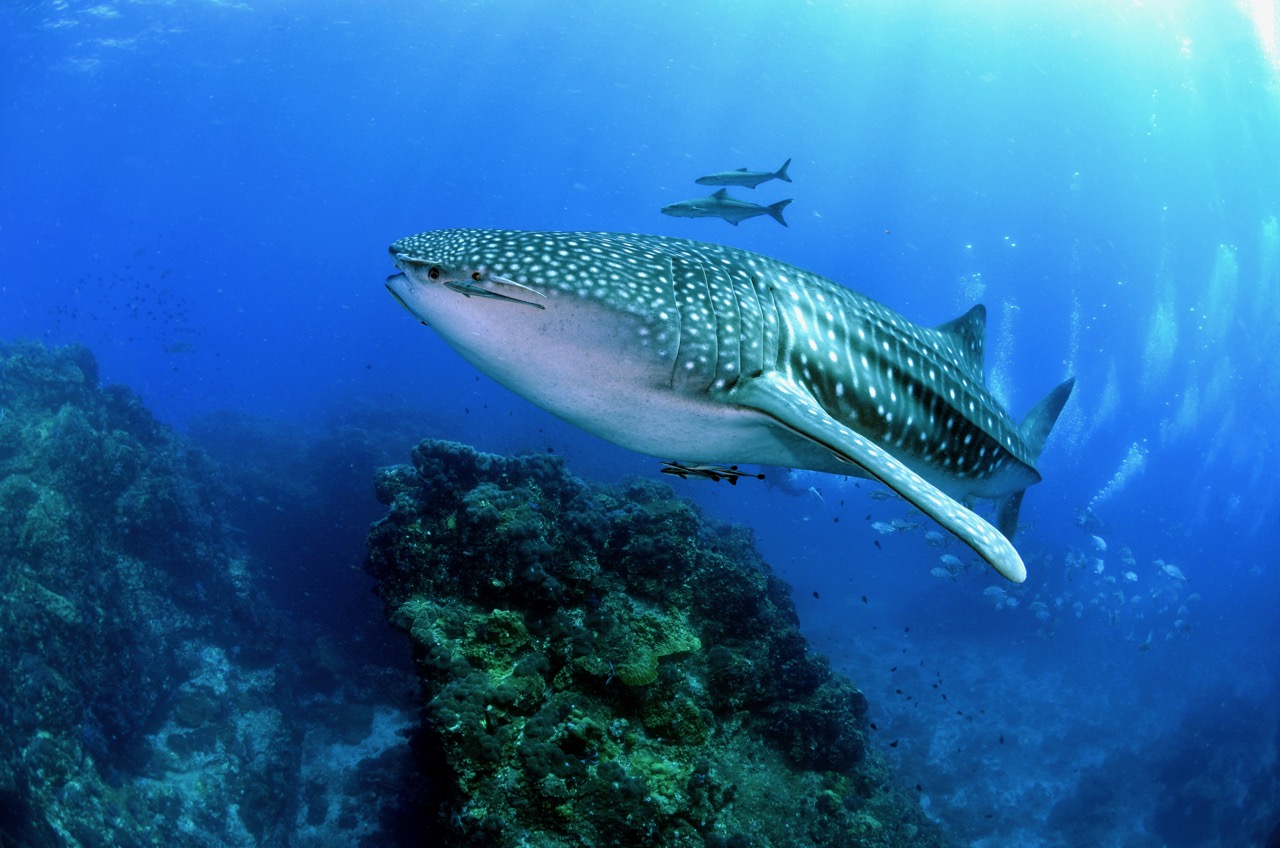
6. Whale Shark Diving in Kilindini Harbour – Mafia Island, Tanzania
Still a relatively unknown destination, Mafia Island is Tanzania’s top spot for whale shark diving. During the season, encounters with several individuals per trip is the norm, and small groups of sharks are also often seen during peak periods. The majority of whale shark excursions occur to the west side of the island and are for snorkeling only. However, it’s not prohibited to scuba dive outside of the Marine Park on the island. So, put your tank on and dive in; you never know what you might run into!
- Dive Type: Channel / Snorkel
- When to Go: October to March
7. Donsol Bay – South Luzon, Philippines
A small village in the south of Luzon island, Donsol is a fantastic whale shark destination. Here, whale sharks come closer to the bay in search of the nearby plankton. Unlike whale shark encounters in Cebu, these sharks are not baited and can be encountered in a comparatively natural environment. Keep in mind, the authorities of Donsol have limited all whale shark encounters to snorkeling, but scuba divers shouldn’t miss the opportunity to discover sites like Manta Bowl and others around Ticao Island where the probability of seeing a whale shark underwater is still very high.
- Dive Type: Snorkel
- When to Go: December to May (Best time is February to April)
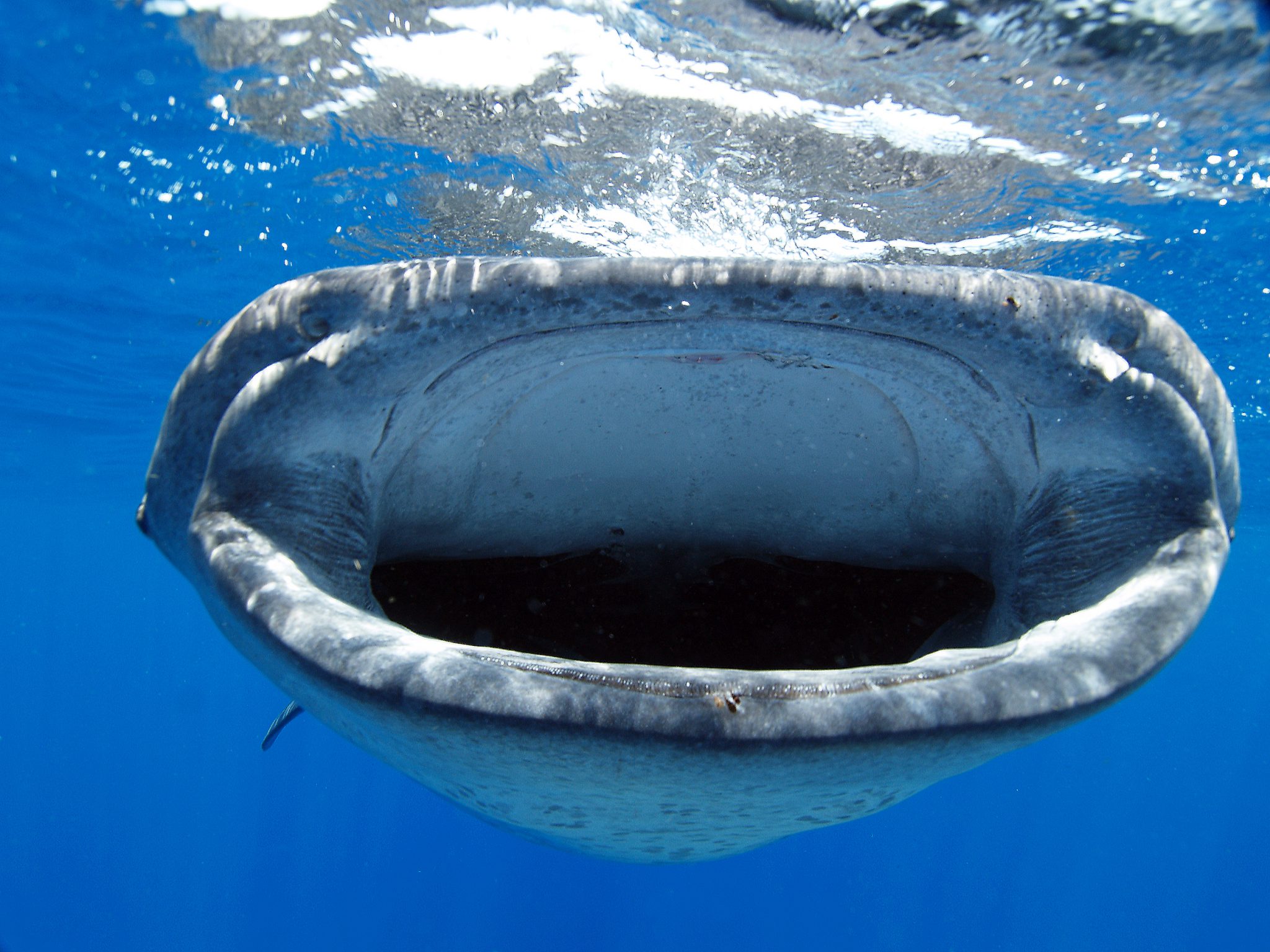
8. Gladden Spit – Placencia, Belize
A few miles offshore of Placencia, in southern Belize, lies one of the most predictable whale shark aggregations. With about 26,000 acres (10,510ha) and 22 miles (36km) of coastline, Gladden Spit and Silk Cayes are part of a protected marine area (GSSCMR) in Belize. Attracted by the mass spawning of Mutton and Cubera snappers, whale sharks arrive en masse to take advantage of this biological buffet. Being a protected area, Gladden Spit is rich in marine life such as sea turtles, coral reefs, and colorful fish.
The best time for diving and swimming with whale sharks in Belize and Gladden Spit falls from March to June, and just before or just after the full moon. In fact, this corresponds with the reproduction of two fish, namely the mutton snapper and grouper, whose eggs are a delight for the whale sharks.
- Dive Type: Open Ocean
- When to Go: March to June
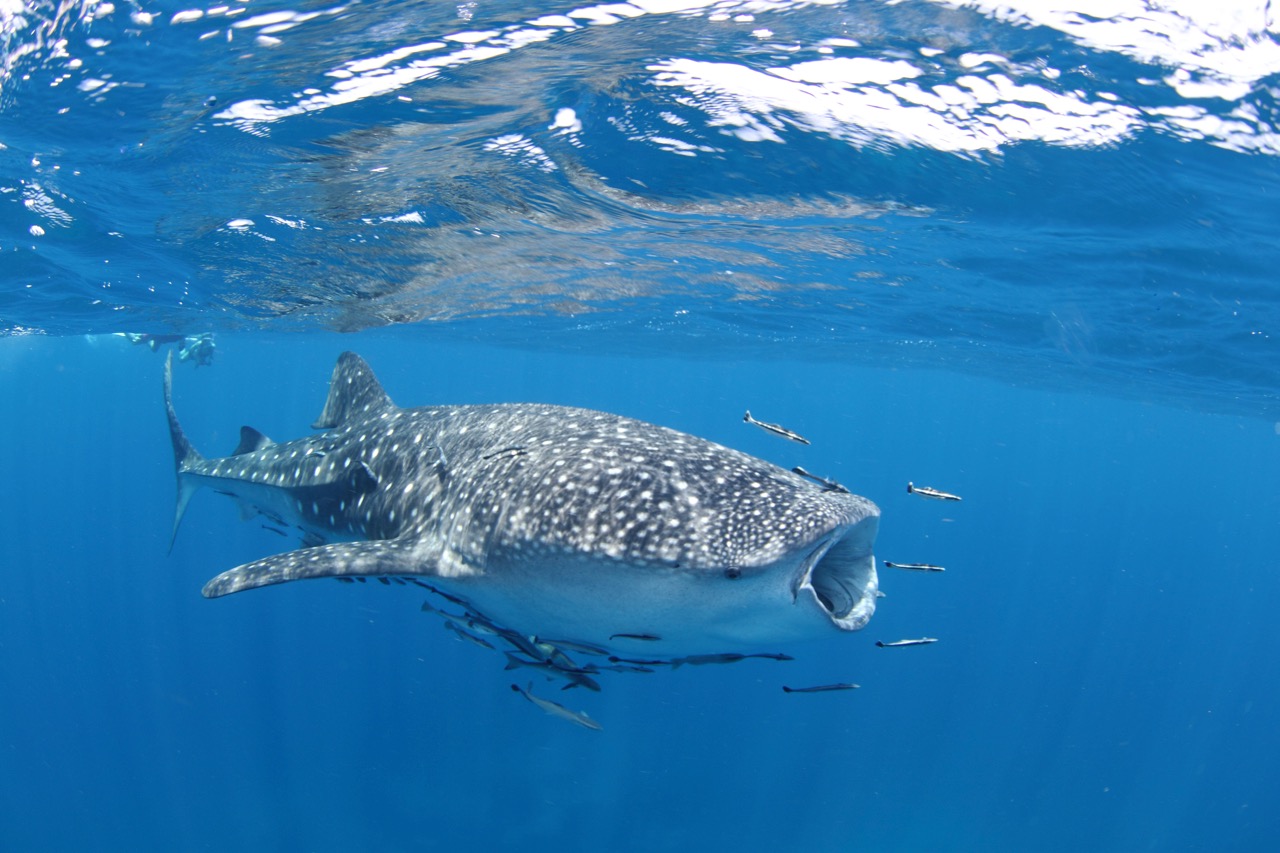
9. Whale Shark Diving in Afuera – Isla Holbox, Mexico
In the waters just off the Yucatan Peninsula lies one of the world’s top and most consistent spots for whale shark encounters. The stretch of water between Isla Holbox and Isla Mujeres nearly guarantees a sighting of at least one whale shark, but aggregations have reportedly numbered into the hundreds! During the whale shark season, it is also possible to see manta rays. Do remember that Mexico offers highly reputable tours and has banned scuba in the whale shark area. Therefore, you’ll need to snorkel with these graceful giants.
- Dive Type: Snorkel
- When to Go: July to August
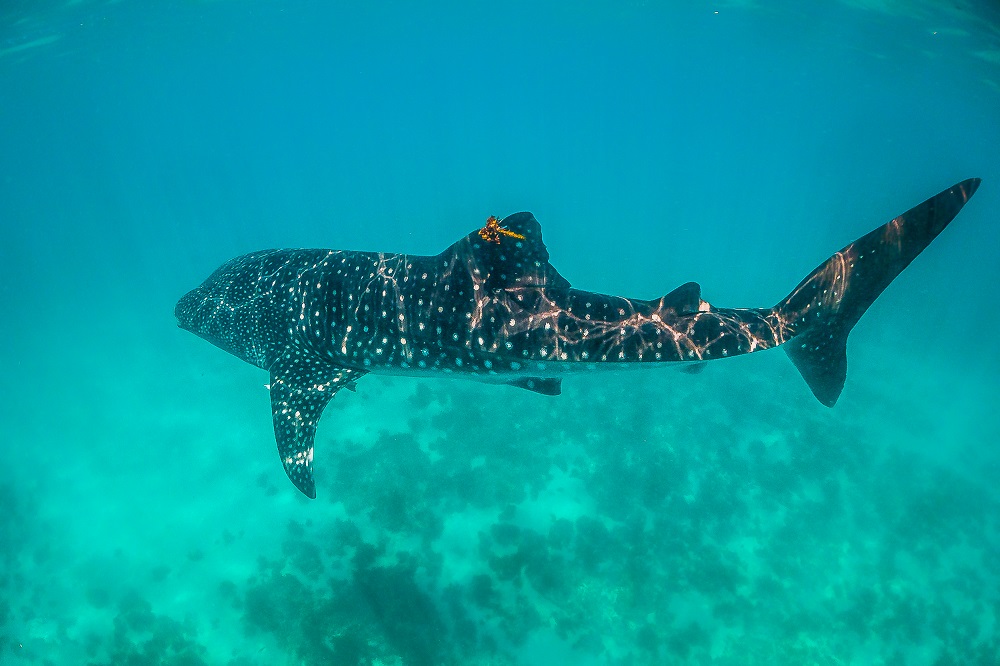
10. Utila Open Water – Utila, Honduras
Often called the ‘The Whale Shark Capital of the Caribbean,’ divemasters in Utila claim spotting whale sharks is also possible from the shore. Whale shark diving encounters are common along the north side of the island, where shallow reefs extend into open seas. Here, there are plenty of dedicated excursions to choose from. Utila is also home to the Whale Shark and Oceanic Research Center, whose whale shark guidelines were even adopted into Honduran law.
According to the locals, water boiling with jumping tuna can often indicate the presence of a passing shark. The northern coast is most successful at providing encounters, particularly at the site known as Utila Open Water. Here, a large bank leads into the open blue.
While there are year-round whale shark sightings, the best time to visit is March to April when the highest concentrations of these magnificent pelagics come to visit.
- Dive Type: Shallow Bank to Open Ocean
- When to Go: Year-round (Best times are March to April and August to September)
11. Bay of La Paz – Baja California Sur, Mexico
At the right time of year, the capital of Baja California Sur offers almost guaranteed chances of swimming with whale sharks. Lured by warmer water and higher concentrations of plankton and other small invertebrates, these ocean giants are especially common in the fall months.
Unlike Cancun, where whale shark encounters are highly regulated and scuba diving is usually not allowed, scuba divers have a good chance of blowing bubbles with a whale shark in the Sea of Cortez. La Paz, Cabo San Lucas, and Cabo Pulmo National Park all offer sites where you’ll have an elevated chance at diving with a whale shark. Bahía de los Ángeles is another up-and-coming scuba diving destination where you might see whale sharks occasionally.
They can often be spotted swimming surprisingly close to the beaches in this sheltered bay. In addition, visitors to La Paz can add even more excitement with a trip to the local sea lion colony.
- Dive Type: Snorkel
- When to Go: October to May
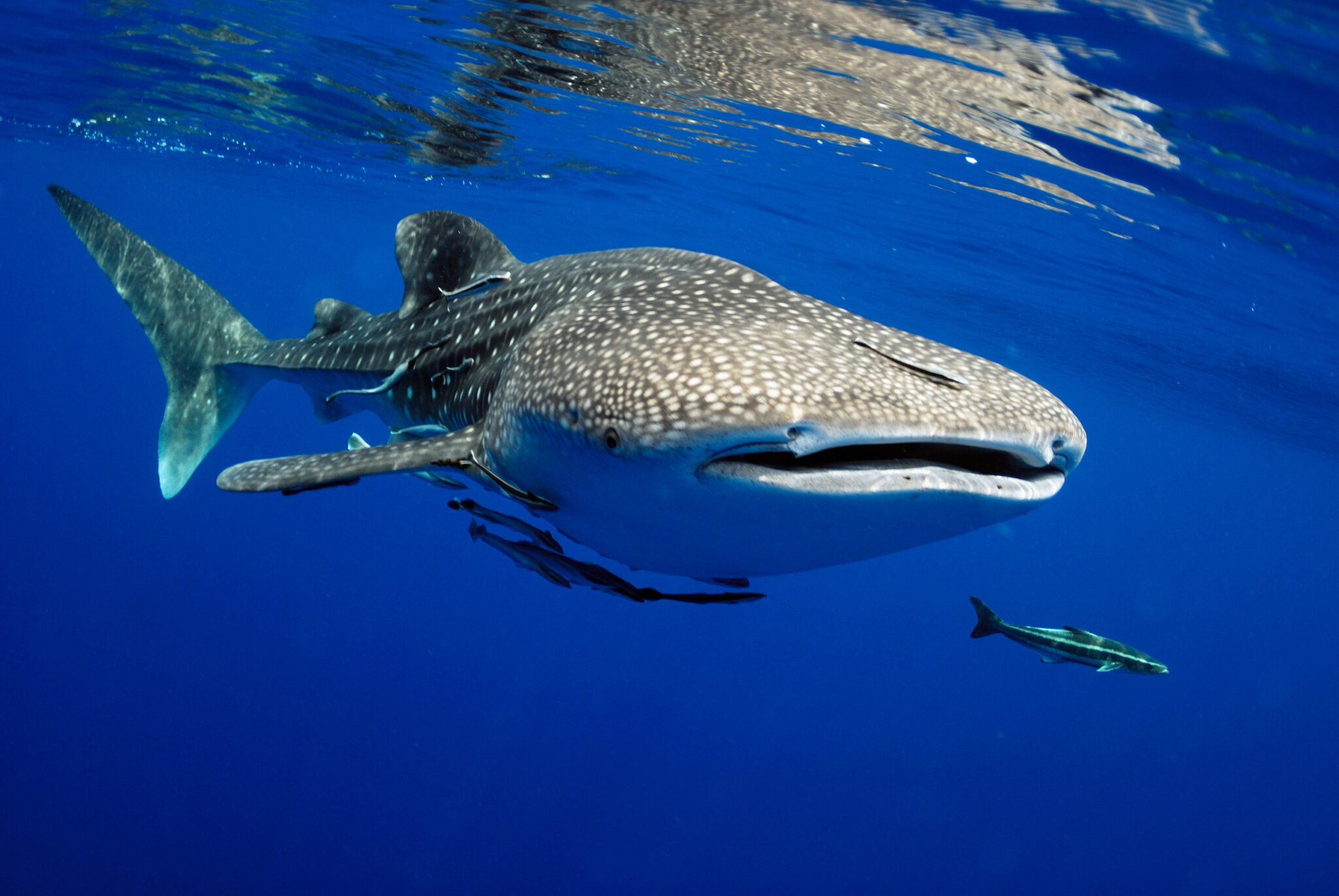
12. Whale Shark Diving in Gulf of Tadjoura – Djibouti
An up-and-coming destination on the east coast of Africa, Djibouti is home to some of the world’s healthiest coral reefs and best whale shark diving. The Gulf of Tadjoura attracts the youngsters of the species because of plankton blooms and the wealth of nutrients swept in by the surrounding Indian Ocean currents. What’s more, if you’re lucky, you might even spot them swimming close to shore around Ras Eiro and Arta Beach.
- Dive Type: Snorkel
- When to Go: November to February
13. Richelieu Rock – Andaman Sea, Thailand
Tropical Thailand is famed for its rich diversity above and below the water. From east to west, many destinations offer encounters with whale sharks, like Chumphon Pinnacle (Koh Tao) or Hin Daeng (Koh Lanta). But Richelieu Rock is considered one of the best. Here, whale sharks are joined by manta rays to feast in the Andaman Sea’s nutrient-rich waters. Though it’s possible to reach the pinnacle in a day, a liveaboard trip is the best way to enjoy this remote destination.
- Dive Type: Open Ocean
- When to Go: October to May
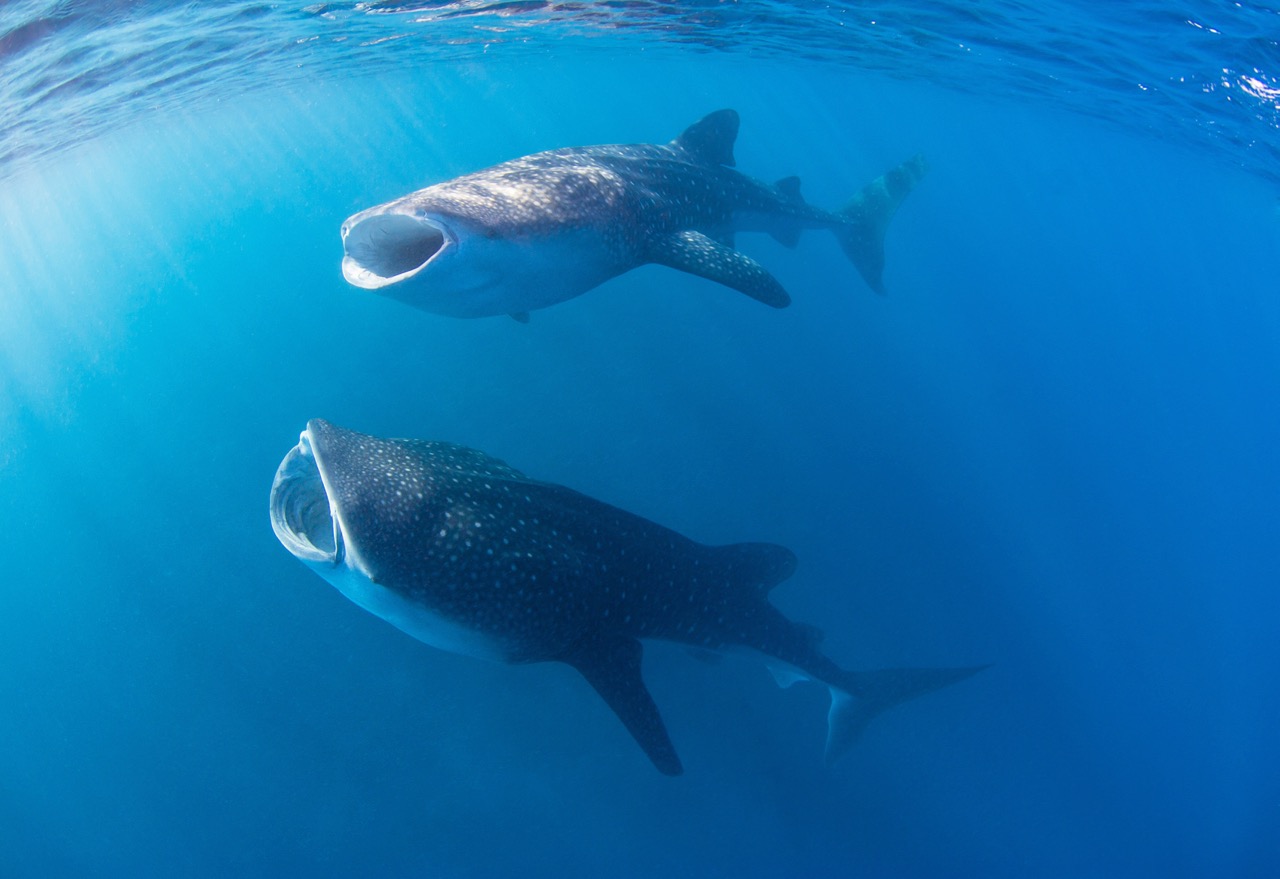
Ready to Start Your Whale Shark Diving Adventure?
If we’ve inspired you to get in the water with the largest fish in the ocean, it’s time to book the dive vacation you’ve been dreaming of. Find a PADI Dive Shop or get in touch with PADI Travel via email, chat or phone to begin planning your next underwater adventure.
This article was written by guest blogger Sandro Lonardi.
